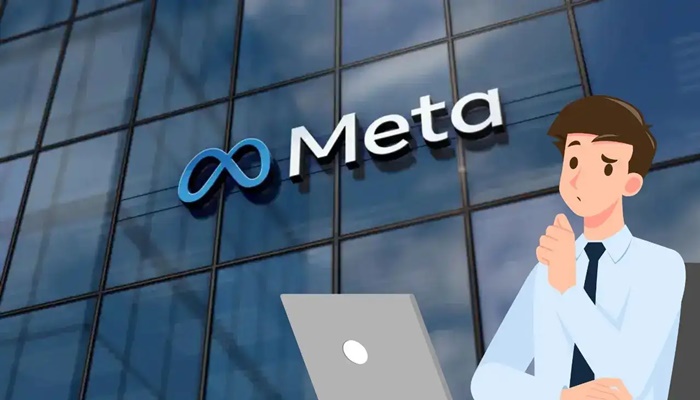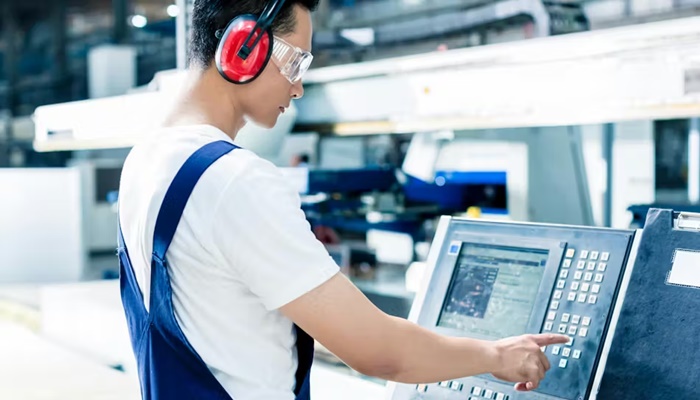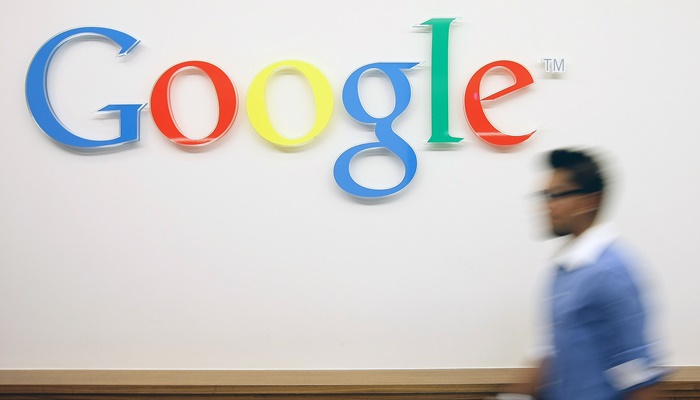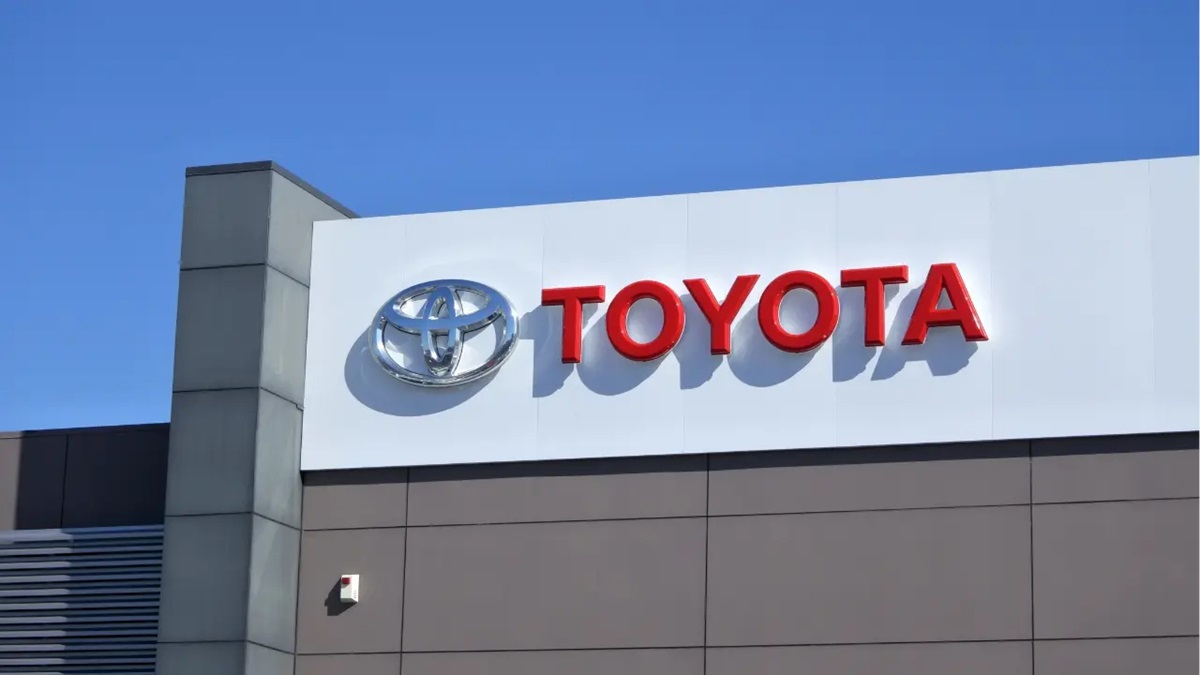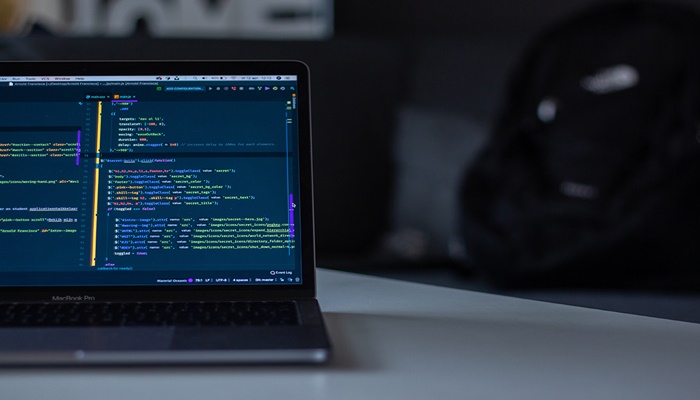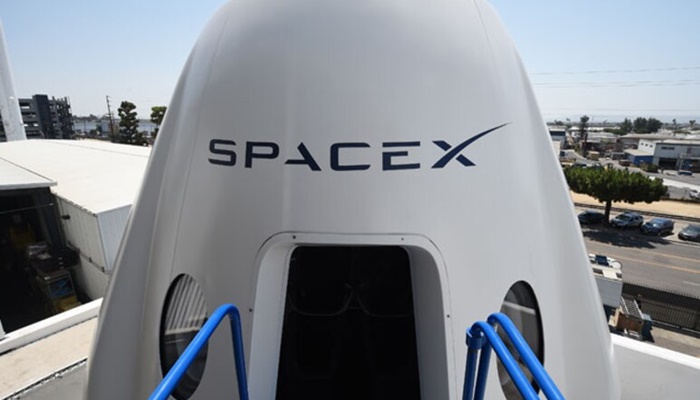Once considered the preserve of technology companies, AI is now being embedded across industries, transforming how employees work, how leaders strategise, and how organisations define their culture, thereby reshaping the modern workplace. Leading recent global research highlights the acceleration of this transformation.
Interestingly, it is the Asia Pacific that is leading the race of this AI adoption globally. Microsoft’s 2025 Work Trend Index highlights that employees in this region are more likely to treat AI as a “thought partner” rather than a simple tool, and both leaders and staff expect AI agents to expand capacity significantly within the next 18 months.
However, a significant gap exists between leadership’s perception and employees’ actual use of AI. This poses fresh challenges and opportunities for organisations worldwide. To fully capitalise on AI’s potential, organisations must not only align leadership strategies with employees’ readiness, but also invest in bridging the AI skills gap ethically. It is by treating AI as a core strategic pillar that companies can position themselves to lead the next era of an evolving work landscape.
EMPLOYEES ARE MORE READY THAN LEADERS REALISE:
Recent research reveals a notable disconnect between executives’ perceptions and employees’ actual use of AI. While 94% of executives say they understand AI’s potential, only 29% believe their employees are well-skilled at implementation, as per Infosys’s 2025 report, Leading in an AI World.
But research also highlights another paradox – while leaders estimate that only about 4% of employees use generative AI for more than 30% of their work, the actual number is closer to 13%. This discrepancy suggests that employees are embracing AI more rapidly than anticipated, while leaders may be underestimating its impact.
Moreover, this adoption is not confined to technology roles. As per Intapp’s 2025 Technology Perceptions Survey, 72% of professionals across accounting, consulting, finance, and legal sectors now use AI tools in their daily work.
A 2025 McKinsey report, Superagency in the Workplace, showcases this misalignment; evidently, leadership hesitancy, rather than employee resistance, is often the bigger barrier to AI adoption. Many employees are already experimenting with generative tools and AI agents to streamline reporting, automate analysis, or enhance client communication. Yet, without strategic alignment and governance from leadership, these initiatives remain fragmented or unscalable.
This disconnect shows that as organisations risk underestimating their workforce’s readiness for AI, they could miss opportunities to capture value. The growing AI readiness gap is, thus, not between the workforce and technology, but rather between leaders and the workforce itself. 85% of companies say AI is already influencing decision-making, even though internal readiness remains uneven. As McKinsey estimates, AI could unlock up to $4.4 trillion in annual productivity gains worldwide, emphasising the need for leaders to align their strategies with the workforce’s readiness.
ASIA PACIFIC: LEADING THE AI ADOPTION CURVE
Asia Pacific has emerged as the epicentre of enterprise AI adoption, blending youthful digital ambition with governmental strategies. According to Deloitte’s Generative AI in Asia Pacific report: “GenAI has democratised advanced AI by putting it in the hands of every employee”. Based on Deloitte’s analysis, 43% of employees in the Asia Pacific are already leveraging GenAI. “Employees are leading the GenAI revolution across Asia Pacific, but only half believe their manager knows they’re using it,” the Deloitte report reads.
In practical terms, the impact is measurable. Deloitte finds that GenAI saves each user almost a day per week, freeing time for innovation and upskilling. The economic benefits are also significant. As Kearney’s Racing Toward the Future study notes: “If applied and executed well, AI could add $1 trillion to the region’s GDP by 2030.” Their analysis further forecasts a 10–18% uplift to GDP across Southeast Asia by 2030.
Together, these findings position the Asia Pacific not merely as an adopter but as a testbed for human-AI collaboration, where employees are shaping what intelligent work will look like globally.
WHAT NEXT: BUILDING AI-READY ORGANISATIONS
These insights point to several key imperatives for leaders:
1. Reskilling is urgent.
Employees are eager to use AI, but enthusiasm without enablement can stall progress. Organisations must invest in targeted reskilling and upskilling, equipping staff with AI fluency and in ethical governance. Gallup’s 2025 research finds that employees who receive AI training are 2.5x more likely to feel confident about their future roles.
2. The workplace is evolving.
Physical offices are being reimagined, from transactional workstations to centres of innovation and culture. AI-enabled systems are optimising energy, automating scheduling, and even predicting collaboration needs. As work becomes more distributed, AI is helping teams stay connected, creative, and aligned.
3. Workflows and roles are being redesigned.
Automation is now handling repetitive tasks. From data entry, compliance checks, to report generation, etc. This allows employees to focus on the strategic, creative, and advisory nature of work. This shift is redefining job descriptions and performance metrics, pushing organisations to measure impact by creativity and outcomes, not just efficiency.
4. AI as a strategic priority.
In the boardroom, AI is no longer an experimental project but rather a top strategic concern. As per Deloitte’s Global Human Capital Trends 2025, 78% of leaders now view AI as “critical to competitive advantage” within the next two years.
THE ROAD AHEAD
AI’s story in the workplace is no longer about “if” but “how fast.” Adoption is rising across industries and regions, and employees, contrary to popular assumption, are ahead of leaders in leveraging its potential.
The organisations that will thrive in this new era are those that bridge the perception gap, treat AI as a strategic capability rather than a technological experiment, and empower their people to co-create with intelligent systems.
Ultimately, the future of work will not be defined by machines replacing humans, but by humans who know how to lead with machines.





